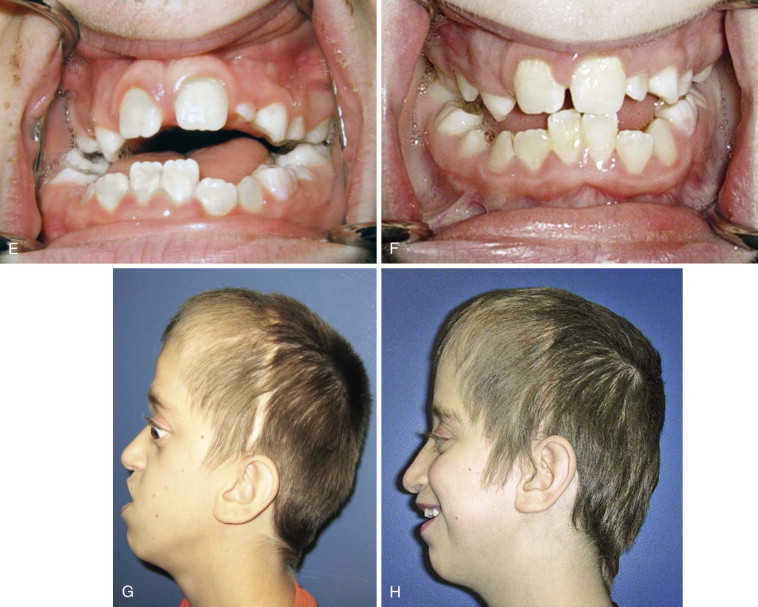
The majority of cases require reconstruction of the orbital roof to support the reduced bone fragments and restore the shape of the orbit. The unique and complex anatomy of the orbit requires significant contouring of the implants to restore the proper anatomy. Note: In children, entrapment of the eye muscles is more common than in adults this might be due to the higher elasticity of the bony structures (green-stick fractures are more common).

Entrapment is often associated with severe ocular pain on attempted range of motion, as well as nausea and vomiting, especially in children. Clinical examination should give evidence on impaired ocular muscle function. Entrapment requires urgent freeing of the muscle to prevent necrosis of the incarcerated muscle. The inferior rectus muscle is the most common ocular muscle to become entrapped with an orbital floor fracture (trap-door phenomenon) and this may not be visible on conventional x-rays. In some younger patients, the so-called trap-door phenomenon can occur in which there is danger of necrosis of the entrapped rectus muscle within a few hours immediate release of entrapped tissues is necessary.Įntrapment of eye muscle (especially in children) Usually there is no need for emergency treatment in orbital floor/medial wall fractures unless there is severe ongoing hemorrhage in the orbital cavity, the paranasal, or nasal cavity. This is one reason why the surgeon has to assess appropriate vision as soon as possible after injury and/or surgery. Note: retrobulbar hematoma is one of the most severe postoperative complications in patients who have undergone orbital trauma and/or surgery. A fistula of this nature requires appropriate preoperative imaging. Alternative methods such as transconjunctival pressure release and/or lateral canthotomy and inferior cantholysis should be considered according to patient condition.Īn exception may be where there is a pulsating exophthalmos which may be a sign of carotid-cavernous sinus fistula. Transcutaneous transseptal incisions may help evacuate the hematoma and release the periorbital pressure. This could mean urgent treatment under local anesthesia even in the emergency room prior to further imaging. If a retrobulbar hematoma in the cooperative patient results in blindness, the time window to release the intraorbital pressure is limited to around one hour measured from the onset of blindness.

If a retrobulbar hematoma leads to a tense, proptotic globe, emergency decompression should be considered.


 0 kommentar(er)
0 kommentar(er)
